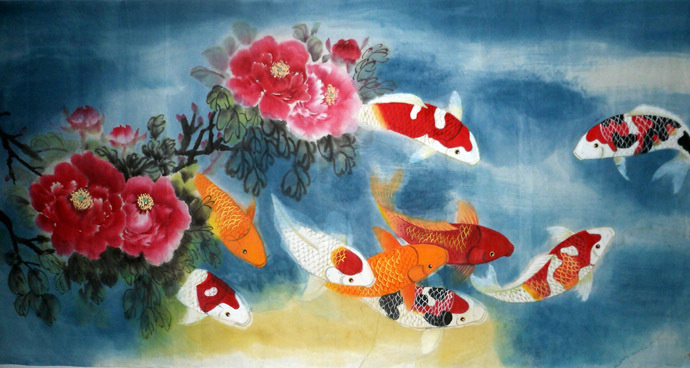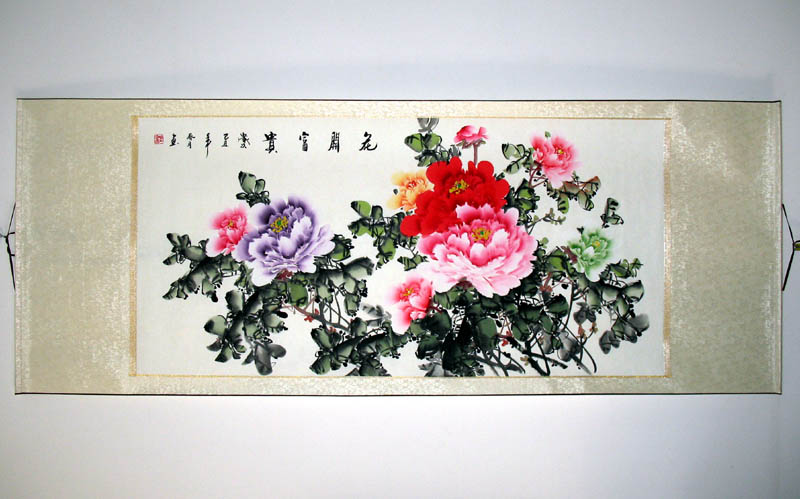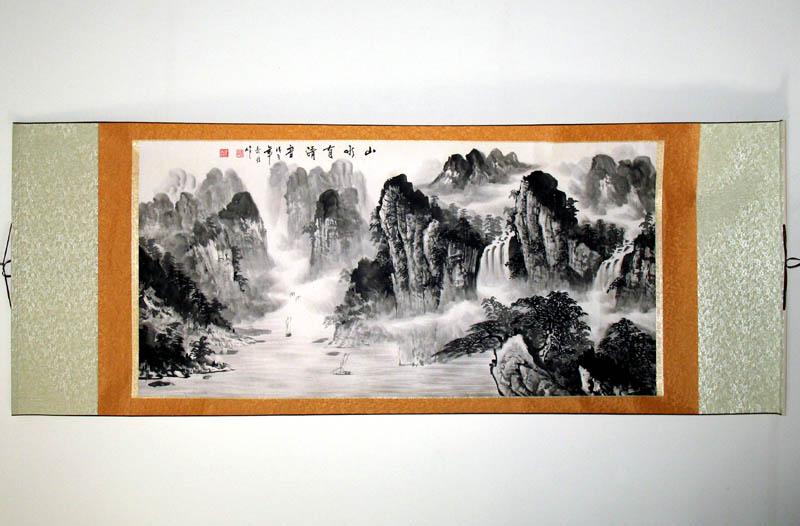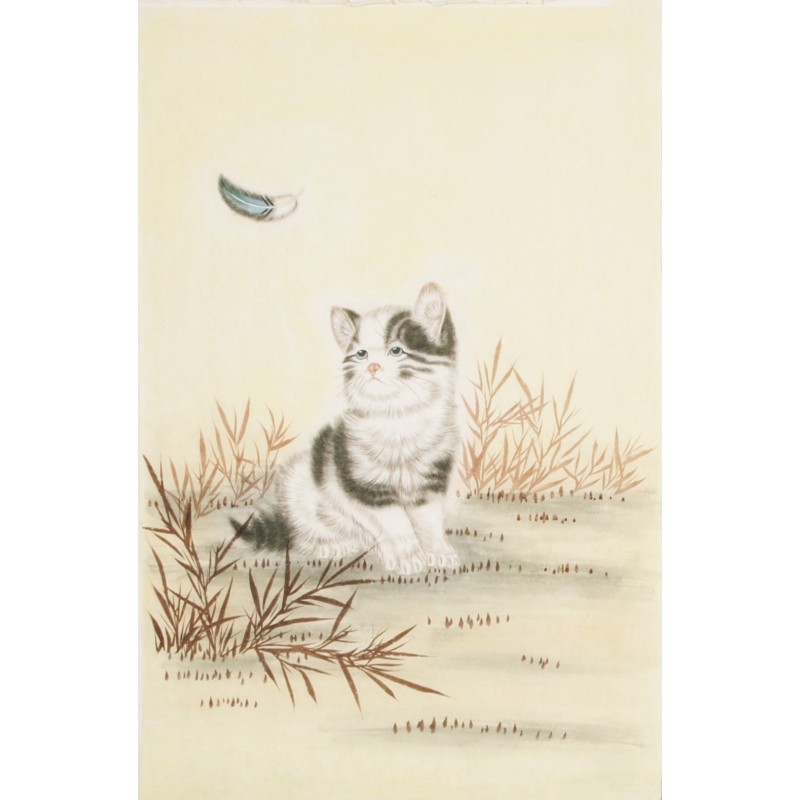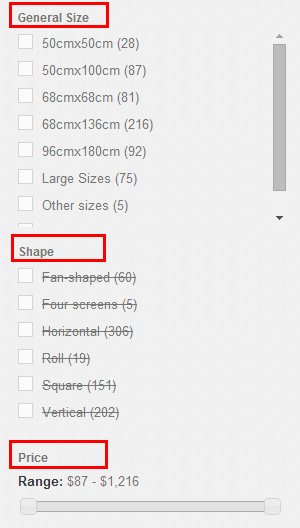Xuan paper (宣纸) is a kind of paper originating in ancient China used for writing and painting. Xuan paper is renowned for being soft and fine textured, suitable for conveying the artistic expression of both Chinese calligraphy and painting.
Xuan paper was first mentioned in ancient Chinese books Notes of Past Famous Paintings and New Book of Tang. It was originally produced in the Tang Dynasty in Jing County, Anhui, as well as in neighboring cities such as Xuancheng and Taiping. By the Song Dynasty, the paper producing industries in Huizhou, Chizhou and Xuanzhou were gradually transferred to Jing County. The county was under the jurisdiction of Xuanzhou Prefecture in the Tang Dynasty, hence the name Xuan paper.
Due to different producing methods, Xuan paper can be classified into Shengxuan, Shuxuan, and Banshuxuan. Shengxuan (literally "Raw Xuan"), which is not specially processed, excels in its ability to absorb water, causing the ink on it to blur. Shuxuan (literally "Ripe Xuan"), however, is smeared on by Potassium alum during its production, which results in its texture being harder and its ability to absorb water weaker. This feature makes Shuxuan more suitable for Xieyi rather than Gongbi, and more easily torn at the same time. Banshuxuan (literally "Half-ripe Xuan") has intermediate absorbability, between Shengxuan and Shuxuan.
Xuan paper features great tensile strength, smooth surface, pure and clean texture and clean stroke, great resistance to crease, corrosion, moth and mold. The majority of ancient Chinese books and paintings by famous painters that survived till today are well preserved on Xuan paper. Xuan paper won the Golden Award at the Panama International Exposition in 1915.
The material Xuan paper uses is closely related to the geography of Jing County. The bark of Pteroceltis tatarinowii, a common species of elm in the area, was used as the main material to produce Xuan paper. Rice, along with several other materials later added in Song Dynasty and Yuan Dynasty such as bamboo and mulberry, were also used in the producing of Xuan paper.
The production procedure of Xuan paper can be loosely divided into 18 items, and strictly into over a hundred, of which some are kept secret from other people. It includes steaming and bleaching of the bark of Pteroceltis tatarinowii, as well as the addition of a variety of juices.








